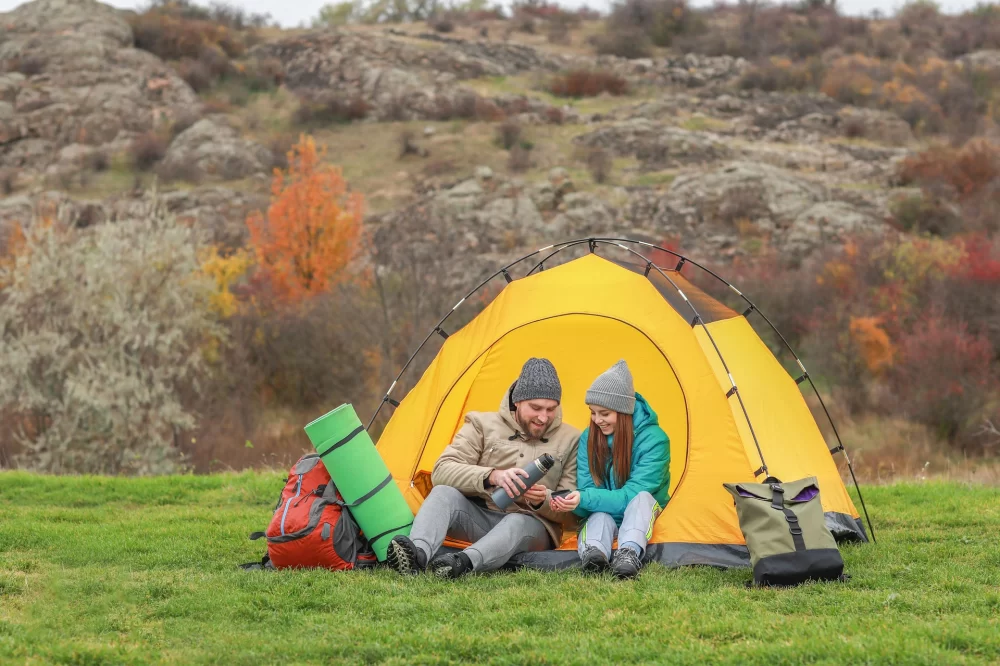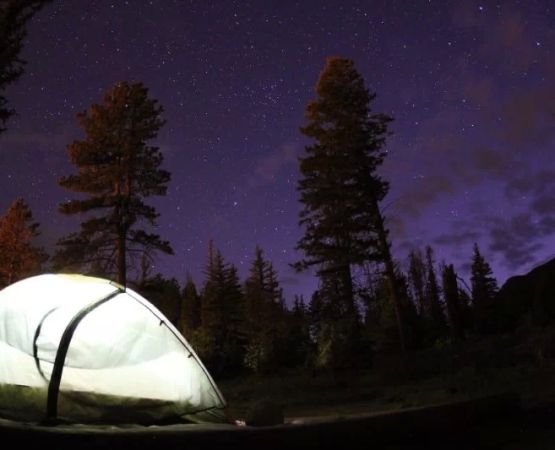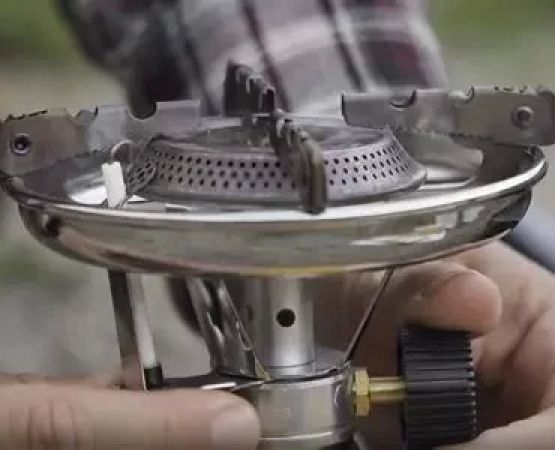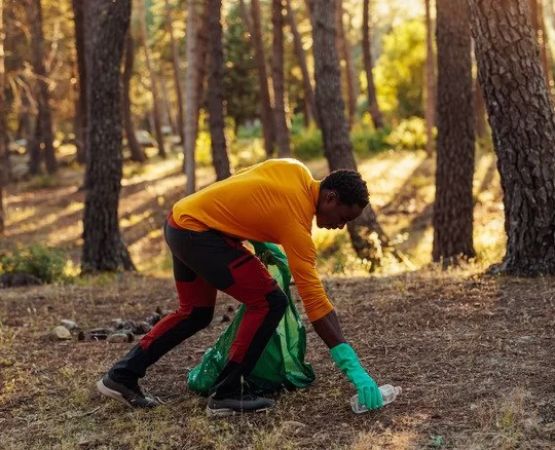How I Choose the Perfect Campsite Upon Arrival
Every seasoned camper knows that the key to an enjoyable outdoor experience begins with the right campsite. Over the years, I've learned that selecting a good campsite is more than just picking a spot in the woods. It's about understanding the environment, anticipating challenges, and ensuring comfort throughout your stay. Whether you're a beginner or an experienced adventurer, knowing what to look for can make or break your camping trip. Let me share my approach to choosing a campsite when I arrive at a new location, and why it’s such an important step to a successful outdoor adventure.
1. The First Thing I Check: Accessibility
When I arrive at a campsite, my first priority is always accessibility. It’s easy to get swept up in the excitement and start setting up camp without considering how accessible the site is, especially after a long drive or hike. But trust me—taking the time to assess the approach road or trail can save a lot of stress later.
Is the road leading to the campsite in good condition? Can I drive my vehicle there, or will I need to hike or take another mode of transport? If you're heading to a backcountry site, is the trail well-marked and manageable for your experience level? I’ve had some memorable trips where I thought a site would be easy to get to, only to find out it was miles down an unmarked path. Always check your route before committing to a spot.
2. Consider the Weather and Terrain
On one of my trips in the high deserts of Arizona, I learned the hard way about how terrain and weather can drastically impact your camping experience. While setting up camp on a slightly sloped area might seem fine at first, I quickly realized that rain could turn the slope into a river. Now, I always scout for flat, dry ground away from any natural drainage areas, which helps avoid flooding issues.
Weather plays a huge role in selecting a campsite as well. I always check weather forecasts before arriving, but it’s crucial to keep an eye on the conditions once I’m there. A shaded area can be lifesaving in hot weather, while a sunny spot is perfect in colder months. You want to avoid places prone to high winds or heavy precipitation, especially if you're camping in areas with unpredictable weather. Proper shelter and strategic positioning against the elements are essential.
3. Proximity to Water Sources
One of the first things I look for is the proximity to water—preferably a fresh, clean source. Having access to a river, lake, or stream makes cooking, drinking, and washing much easier. However, as I learned on a camping trip near the Appalachian Mountains, proximity to water doesn’t always mean convenience. I once set up camp too close to a stream, and after a night of heavy rain, the water level rose, creating a soggy mess of everything I had stored near the edge.
My general rule of thumb is to set up camp at least 200 feet away from water sources. This ensures that you’re not at risk of flooding or attracting unwanted wildlife, and it also helps maintain environmental protection, as per Leave No Trace guidelines. And while it’s important to have water nearby, always ensure it’s safe for consumption. I never rely solely on untreated water unless I’ve brought a filter or purifier with me.
4. Consider Natural Shelter and Shade
I’ve learned the hard way that setting up camp without considering shade can lead to a miserable afternoon. While it’s tempting to camp in an open area with beautiful views, I always search for natural shade—whether it’s from trees or a rocky overhang. Being able to take refuge from the sun during the hottest part of the day can make a huge difference in your comfort level.
On a trip through Colorado’s Rocky Mountain National Park, I realized that a wide open area in the valley was stunning, but without shade, it was too hot to relax during the afternoon. That’s why, when I choose a site, I always look for natural shelter that provides shade, especially if I’m going to be spending long hours at the campsite.
5. Look for a Safe and Comfortable Sleeping Area
It’s surprising how often people overlook the most crucial element: a good spot to sleep. A flat, level area away from any hazards like sharp rocks, animal trails, or dead trees is key for a peaceful night. I always check the ground for sharp objects or anything that might puncture my tent or sleeping pad. After all, there’s nothing worse than waking up with an aching back because I chose an uneven site.
Also, I try to avoid camping too close to dense vegetation or thick bushes. Insects love these areas, and I’ve had my share of nights battling mosquitoes or other critters. I’ve found that a little distance from such areas minimizes the bugs and makes for a much more pleasant experience.
6. Safety First: Camp Away from Wildlife and Hazards
Wildlife encounters are part of the camping experience, but I’ve learned that it’s important to camp in a spot that minimizes the chances of unwelcome animal guests. For example, I always check for bear activity before selecting a campsite. If I’m camping in an area known for bear activity, I ensure my camp is at least 100 yards away from known bear trails or areas where food might attract them.
I also avoid setting up camp near steep cliffs, ravines, or other potential hazards like rockslides or avalanche zones. Your safety should always be your top priority, so it’s essential to consider all environmental factors and potential risks before making a decision.
7. Social and Environmental Impact: Respecting Nature
One of the most important things I’ve learned over the years is that my campsite choice should not only benefit me but also minimize my impact on the environment. Always check for existing fire rings or cleared areas where campfire use is allowed, and avoid disturbing the natural landscape. I’ve come across areas that were littered with trash from campers who didn’t take care to pack out their waste. Be sure to leave the campsite just as beautiful as you found it.
If I’m camping in a popular area, I always try to select a site that’s a little further from high-traffic spots to reduce noise and increase my sense of solitude. Many times, this also means more wildlife sightings and a deeper connection to nature. Your campsite can become a space for peace and rejuvenation, as long as you respect its natural surroundings.
Over the years, these principles have guided me in selecting campsites that ensure a safer, more comfortable, and more enjoyable experience in the wild. I always take my time when picking a spot, because the right campsite can make all the difference. If you’re looking for more great camping destinations, I highly recommend checking out Pine Cliff Resort. It’s the perfect place to experience nature while knowing your campsite is set up for success.







